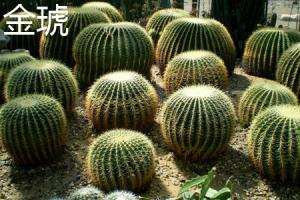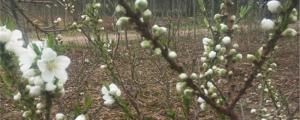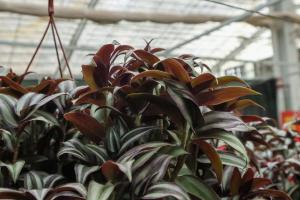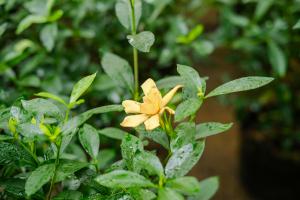Introduction
Yucca plants and palm trees are both popular choices for landscaping and home decoration. However, many people confuse these two plants and wonder if a yucca plant is a palm tree. In this article, we will explore the similarities and differences between yucca plants and palm trees, and help you distinguish between the two.
Appearance and Characteristics
While yucca plants and palm trees may look similar at first glance, there are some key differences in their appearance and characteristics. Yucca plants typically have long, pointed leaves that grow from a central stem. The leaves can be either green or blue-green, and some species may have white flowers. Palm trees, on the other hand, have large, fan-shaped or feather-like leaves that grow from the top of a tall trunk. Palm trees also have distinctive frond patterns and fruits, depending on the species.
Habitat and Distribution
Yucca plants and palm trees are both native to warm, tropical or subtropical regions around the world. Yucca plants are predominantly found in the Americas, from the arid deserts of the southwestern United States to the rainforests of South America. Palm trees can be found in many different parts of the world, from the Caribbean islands to Africa and Asia. However, both plants can also be grown in indoor or outdoor settings in other climates and regions with proper care.
Uses and Benefits
Yucca plants and palm trees have various uses and benefits, depending on the species and location. Yucca plants are often used for their decorative value and as a low-maintenance landscaping option, as they can survive in dry and harsh conditions. Some species of yucca plants are also used for medicinal purposes, such as treating headaches and skin conditions. Palm trees are commonly used for landscaping and as a symbol of tropical environments. They also have various commercial uses, such as producing coconuts, dates, and palm oil.
Growth and Care
While yucca plants and palm trees may be hardy and adaptable, they still require proper care to thrive. Yucca plants prefer well-draining soil and full sun exposure, but can also withstand partial shade and drought conditions. Palm trees need ample sunlight and a warm climate to grow, as well as regular fertilization and watering. It is also important to prune and maintain both plants to ensure proper growth and prevent disease.
Conclusion
In conclusion, a yucca plant is not a palm tree, although they may look similar in some aspects. Yucca plants are characterized by their long, pointed leaves and central stem, while palm trees have large, fan-shaped or feather-like leaves and a tall trunk. Both plants are native to warm, tropical or subtropical regions and have various uses and benefits. Regardless of which plant you choose, be sure to provide the proper care and maintenance to help it thrive.

 how many times do yo...
how many times do yo... how many planted tre...
how many planted tre... how many pine trees ...
how many pine trees ... how many pecan trees...
how many pecan trees... how many plants comp...
how many plants comp... how many plants can ...
how many plants can ... how many plants and ...
how many plants and ... how many pepper plan...
how many pepper plan...
































